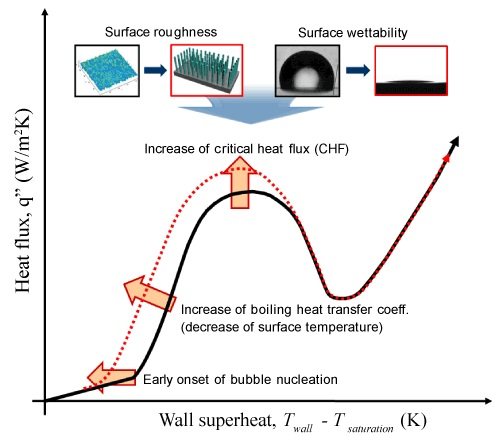Heat Generation
Heat generation rate in a nuclear core is directly proportional to the fission rate of the thermal neutron flux and the fuel occurs. On a straight thermodynamic base, this similar heat generation is also associated to the fluid temperature difference across the core and the mass flow rate of the fluid passing via the core. Therefore, the size of the reactor core is reliant upon and restricted by how much liquid can be passed via the core to eliminate the produced thermal energy. Most of the other factors affect the quantity of heat generated inside a reactor core; though its limiting generation rate is depend upon how much energy can securely be taken away by the coolant.

The fission rate inside a nuclear reactor is controlled by numerous factors. The density of the fuel, the neutron flux, and the kind of fuel all influence the fission rate and, thus, the heat generation rate. The equation below is symbolized here to illustrate how the heat generation rate (Q) is associated to such factors.
Q = G N σf φ Vf
Here:
Q = heat generation rate (Btu/sec)
G = energy produced per fission (Btu/fission)
N = number of fissionable fuel nuclei/unit volume (atoms/cm3)
σf = microscopic fission cross-section of the fuel (cm2)
φ = neutron flux (n/cm2-sec)
Vf = volume of the fuel (cm3)
The thermal power generated by a reactor is directly associated to the mass flow rate of the reactor coolant and the temperature difference crosswise the core. The association among mass flow rate, power, and temperature is given in the equation below.
Q = m cp ?T
Here:
Q = heat generation rate (Btu/hr)
m = mass flow rate (lbm/hr)
cp = specific heat capacity of reactor coolant system (Btu/lbm-°F)
ΔT = temperature difference across core (°F)
For most kinds of reactors (i.e., boiling water reactor barred), the temperature of the coolant is based upon reactor power and coolant flow rate. When flow rate is constant, temperature will differ directly with power. When power is constant, temperature will differ inversely with the flow rate.